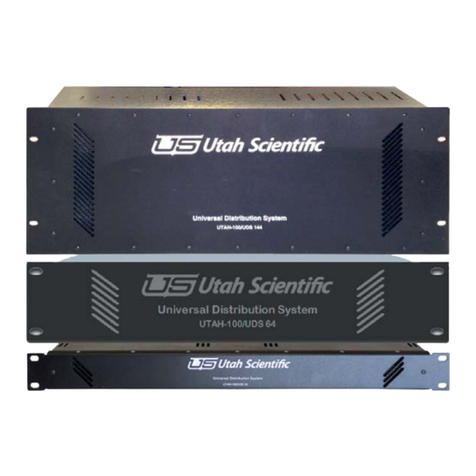UTAH SCIENTIFIC Utah-400 iP Setup guide
Other UTAH SCIENTIFIC Switch manuals
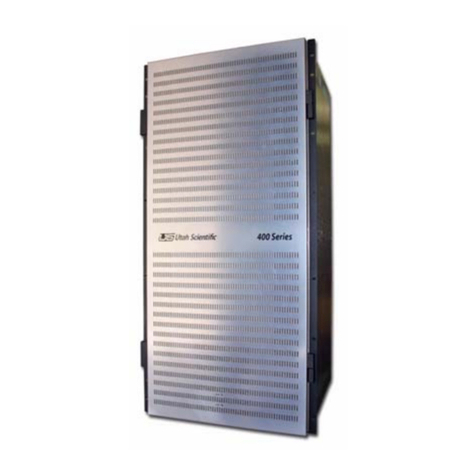
UTAH SCIENTIFIC
UTAH SCIENTIFIC Utah-400 XL Manual instruction

UTAH SCIENTIFIC
UTAH SCIENTIFIC Utah-400 iP User manual
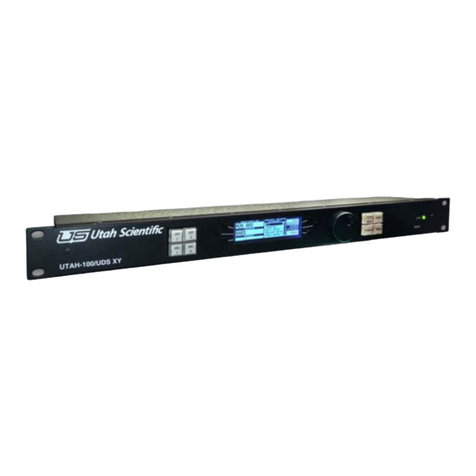
UTAH SCIENTIFIC
UTAH SCIENTIFIC UTAH-100/UDS XY-Panel Setup guide
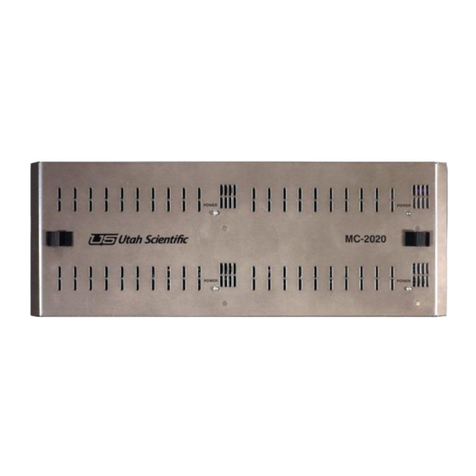
UTAH SCIENTIFIC
UTAH SCIENTIFIC MC-2020 Manual instruction
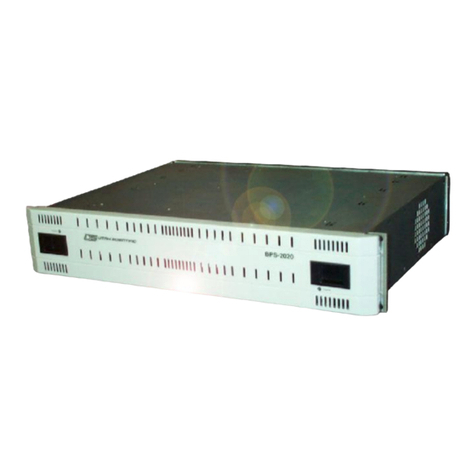
UTAH SCIENTIFIC
UTAH SCIENTIFIC BPS-2020 Instruction Manual
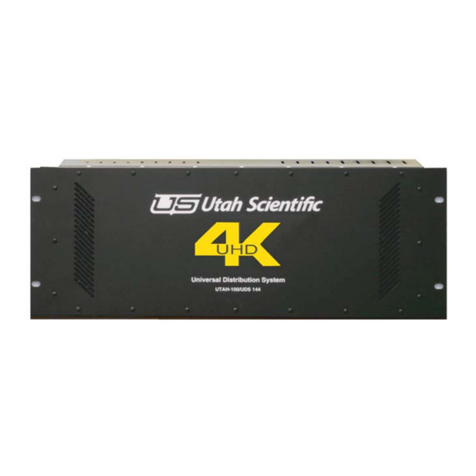
UTAH SCIENTIFIC
UTAH SCIENTIFIC UHD 12G Setup guide
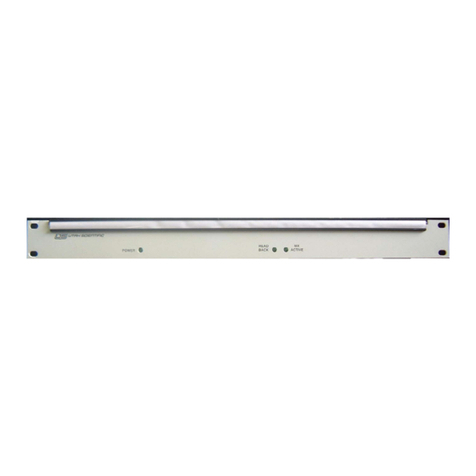
UTAH SCIENTIFIC
UTAH SCIENTIFIC MX-Hub User manual
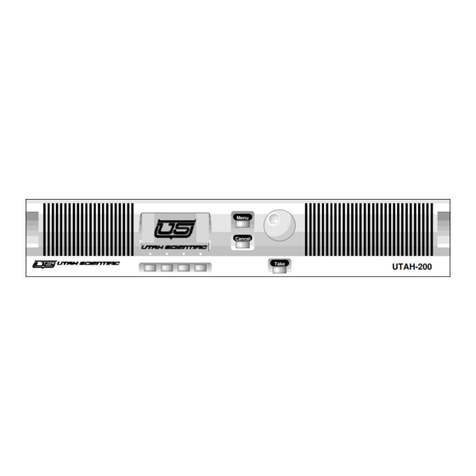
UTAH SCIENTIFIC
UTAH SCIENTIFIC UTAH-200 User manual

UTAH SCIENTIFIC
UTAH SCIENTIFIC Utah-400 iP Manual instruction

UTAH SCIENTIFIC
UTAH SCIENTIFIC Utah-400 2 Series Manual instruction
Popular Switch manuals by other brands

SMC Networks
SMC Networks SMC6224M Technical specifications

Aeotec
Aeotec ZWA003-S operating manual

TRENDnet
TRENDnet TK-209i Quick installation guide

Planet
Planet FGSW-2022VHP user manual

Avocent
Avocent AutoView 2000 AV2000BC AV2000BC Installer/user guide

Moxa Technologies
Moxa Technologies PT-7728 Series user manual

Intos Electronic
Intos Electronic inLine 35392I operating instructions

Cisco
Cisco Catalyst 3560-X-24T Technical specifications

Asante
Asante IntraCore IC3648 Specifications

Siemens
Siemens SIRIUS 3SE7310-1AE Series Original operating instructions

Edge-Core
Edge-Core DCS520 quick start guide

RGBLE
RGBLE S00203 user manual

